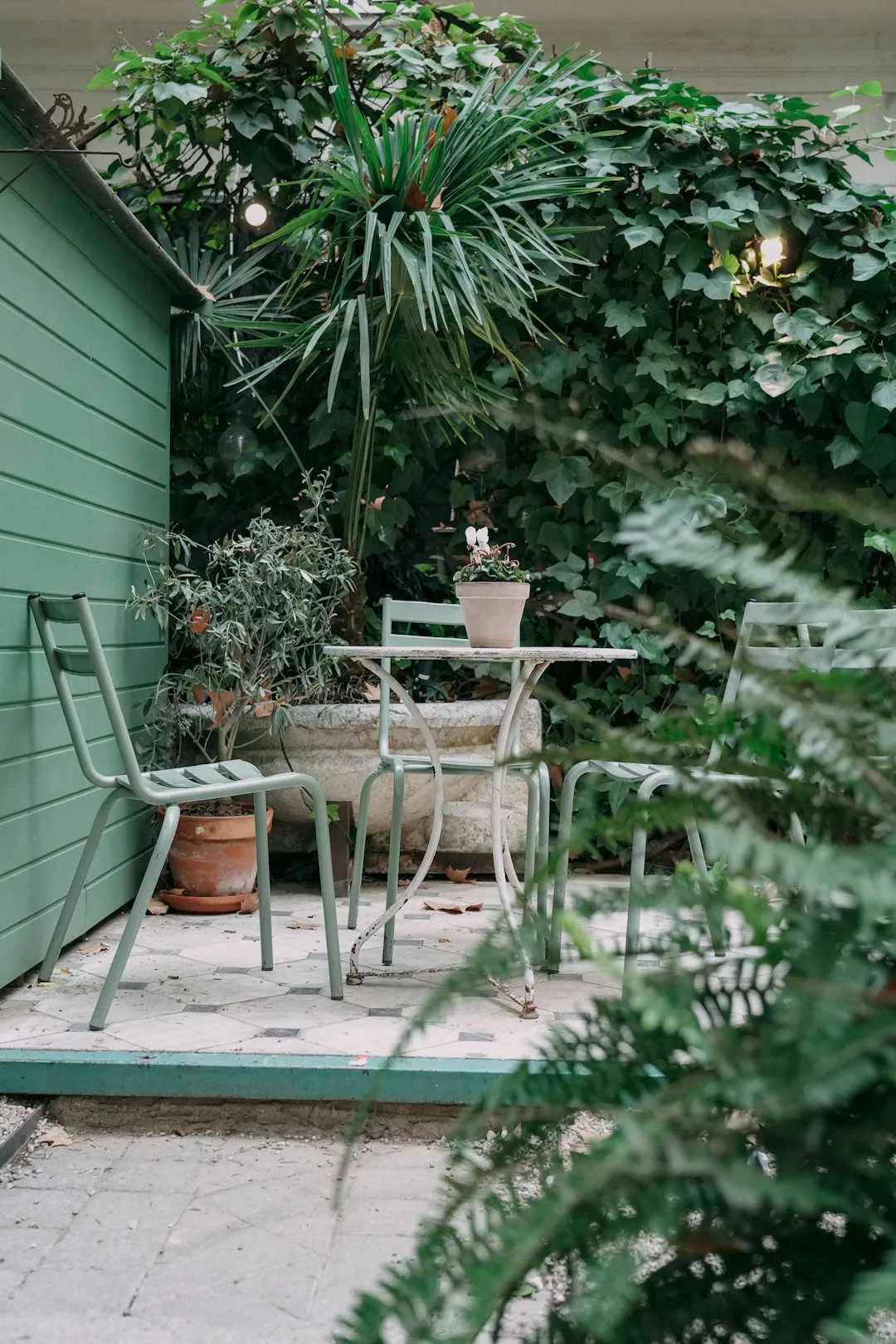Unveiling the Secrets of Shade - Loving Perennials in Your Garden

When it comes to creating a beautiful and vibrant garden, perennials are often the go - to choice for many gardeners. They come back year after year, adding color and charm to the landscape. In this guide, we'll explore the world of shade perennials and how you can make them thrive in your garden.
Shade perennials are a wonderful addition to any garden, especially those areas that receive limited sunlight. These plants have adapted to grow in the dappled light or full shade conditions, and they can transform a dull, shady corner into a lush and inviting space.
Choosing the Right Shade Perennials
There are numerous shade perennials available, each with its own unique characteristics. One of the most popular is the hosta. Hostas come in a wide range of sizes, from tiny miniatures to large, imposing specimens. They have beautiful foliage that can be variegated, blue - green, or chartreuse. Hostas are relatively low - maintenance and can tolerate a fair amount of shade. They are also deer - resistant, which is a big plus for many gardeners.
Another great option is the fern. Ferns are ancient plants that add a touch of elegance to any shady garden. There are different types of ferns, such as the maidenhair fern, which has delicate, lacy fronds, and the ostrich fern, which can grow quite tall. Ferns prefer moist, well - drained soil and thrive in areas with high humidity.
Heuchera, also known as coral bells, is a colorful shade perennial. It has attractive foliage in shades of purple, bronze, and green, and it produces delicate flowers on tall stems. Heuchera is a great choice for adding a pop of color to a shady border or container garden.
Planting and Care Tips
Before planting your shade perennials, it's important to prepare the soil properly. Shade perennials generally prefer soil that is rich in organic matter. You can add compost or well - rotted manure to the soil to improve its fertility and drainage. Make sure to dig a hole that is wide and deep enough to accommodate the plant's root ball.
Watering is crucial for the health of your shade perennials. Most shade plants prefer consistently moist soil, but not waterlogged conditions. Water deeply and regularly, especially during dry spells. Mulching around the plants can help retain moisture in the soil and also suppress weeds.
Fertilizing your shade perennials is also important. You can use a slow - release fertilizer in the spring to provide the plants with the nutrients they need throughout the growing season. However, be careful not to over - fertilize, as this can lead to excessive foliage growth at the expense of flowers.
Pruning is another aspect of shade perennial care. Remove any dead or damaged leaves and stems regularly to keep the plants looking tidy. Some perennials, like hostas, may need to have their flower stalks removed after blooming to encourage more foliage growth.
Designing with Shade Perennials
When designing your shade garden, consider the height, color, and texture of the perennials. You can create a layered effect by combining tall plants at the back, medium - sized plants in the middle, and low - growing groundcovers at the front. For example, you could plant tall ferns at the back, heuchera in the middle, and ajuga as a groundcover.
You can also use containers to display your shade perennials. This is a great option if you have limited space or want to add some color to a patio or balcony. Choose containers that have good drainage and fill them with a high - quality potting mix.
In conclusion, shade perennials offer a wealth of possibilities for creating a beautiful and thriving garden. By choosing the right plants, providing proper care, and using creative design techniques, you can enjoy a shady oasis in your own backyard for years to come.